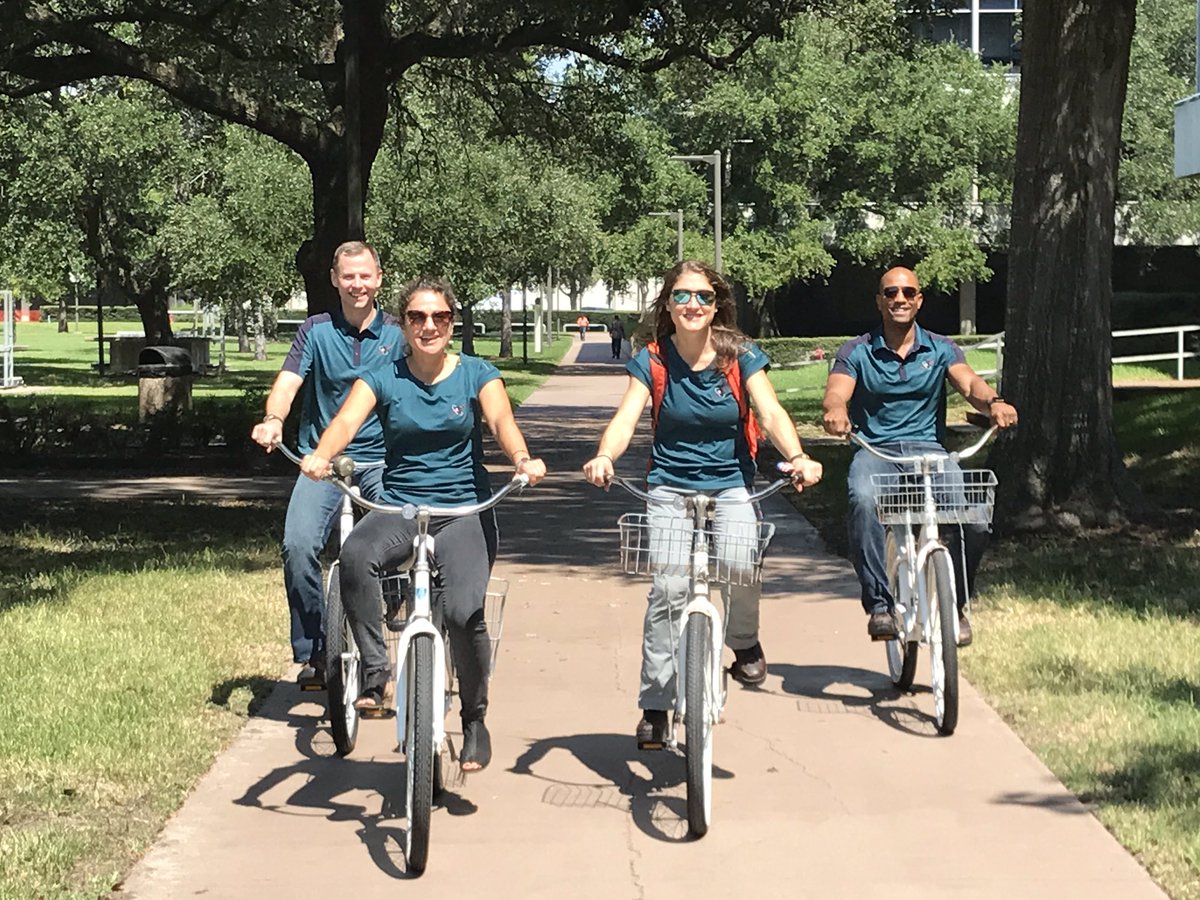
Kathrine Johnson recalls John Glenn stating that ‘If she says they’re good, I’m ready to go.’ After the orbit ‘Friendship 7’ successfully landed, Katherine Johnson continued to be part of many significant projects that became milestones in the history of American Spaceflight, for instance her favourite where she did the calculations that helped Project Apollo’s Lunar Lander with the moon-orbiting Command Service Module, until she retired in 1986, after working for NASA for 33 years. Therefore, as part of the pre-flight checklist John Glenn insisted Katherine Johnson to recalculate the same equations. The electronic calculating machines however were quite new and therefore risky to use due to the possible blackouts and miscalculations. They were programmed with the complicated orbital equations that would be in charge of the exact journey around the earth. The human computers, like Katherine Johnson, were mostly replaced in 1962 by electronic calculating machines. But what stands out to be one of Katherine’s greatest accomplishments is the calculations that she has done for the orbital mission of John Glenn, which was the first American to completely orbit the earth. Katherine Johnson was also the first woman in her division to receive author credit on a paper titled ‘Determination of Azimuth Angle at Burnout for Placing a Satellite over a selected earth position’ in the 1960s.
KATHERINE JOHNSON NASA WORK MANUAL
When in 1957 the Soviet satellite Sputnik successfully was launched into space, Katherine Johnson provided part of the math for the manual ‘Notes on Space Technology’ which came from the lectures that were given to the core of the Space Task Group, which was NASA’s first group that had the focus of getting into space. Despite her grief, she continued working for NACA, which eventually changed to NASA in 1958. In december 1956 Katherine lost her husband to cancer, as she was wrapping up the work for the Maneuver Loads Branch of the Flight Research Division. She worked in the all black branch of the project, analysing data from flight tests.īut as we all know life can’t always come easy. Her temporary place there soon became permanent when she became a permanent member of the Maneuver Loads Branch of the Flight Research Division. Being the ambitious woman that she was, after successfully raising her three daughters, she moved in 1953 with her husband to pursue the opportunity to work at the National Advisory Committee for Aeronautics, NACA for short. Katherine Johnson left her teaching job to start with the graduate math program there, but she decided to leave after the first period, to focus on raising her family. Katherine Johnson was the only black woman that got offered a spot at the state’s flagship school, West Virginia University. In 1939, the state government decided to have more integration in their higher education. She took on a job as a mathematics teacher at a black public school in Virginia. At 18 she enrolled in the historically black West Virginia State College, from which she graduated with the highest honours in mathematics and French of her year.

Because of her intellect she skipped several grades which made her start highschool at the young age of 10. With her impressive career Katherine Johnson is a pioneer for women in science, especially for women of colour.įrom a young age, Katherine stood out to be a bright student, especially with her talent in mathematics. But the film’s name already indicates it: Katherine Johnson has remained unknown along with a great number of brilliant women in the history of NASA, despite their many accomplishments and their great contributions to American spacecraft. The name Katherine Jonhson might sound familiar nowadays, due to her being the main character in the autobiographical film Hidden Figures that came out in 2016. For the third publication of the Women in Timeline project, we’d like to focus on the woman who helped to reach a milestone in all of human history: to put the first man on the moon.


 0 kommentar(er)
0 kommentar(er)
